
- China will strengthen ecological and environmental protection and make new contributions to the response to global climate change
As early as a year ago, more than 11,000 scientists from all over the world jointly declared that the earth is facing a "climate emergency." Research in the journal Nature pointed out that of the 15 known global climate tipping points, 9 have been activated. The "2020 Global Risk Report" issued by the World Economic Forum warns that for the first time in the next 10 years, the five major global risks are all related to the environment. This is true. The actual Australian forest fires, the locust plague in Middle East and North Africa, and the abnormal climate in many places have jointly triggered people's concerns about the risks of climate change and its serious disasters.
According to the independent contribution targets promised by the parties under the Paris Agreement, there is a large gap between the expected emission value in 2030 and the emission value required to achieve the above-mentioned temperature control target. The urgency of the climate issue requires that global carbon emissions peak as soon as possible, and the continuous spread of the new crown pneumonia epidemic has exacerbated the global economic recession and weakened the motivation of some countries to respond to climate change.
In accordance with the provisions of the "Paris Agreement", in 2020, each signatory country will update its nationally determined contribution target and announce a long-term low greenhouse gas emission development strategy for the mid-century. Therefore, 2020 is a crucial year in tackling climate change. It was in this year that China made a commitment to achieve carbon peaks by 2030 and carbon neutrality by 2060 at the general debate of the 75th United Nations General Assembly. Therefore, it is not difficult to understand why this commitment is considered the most important decision in the international climate field in recent years. China's new climate goals and visions demonstrate China's firm determination to actively respond to climate change and take a green and low-carbon development path.
Green and low-carbon demonstrates the responsibility of a major country
Some people may think that the impact of climate negotiations is far from our lives, let’s take a look at the examples around us. Do you feel that there are more and more electric cars on the road? A long line of electric vehicles lined up next to the charging piles, and government subsidy policies have become a topic of discussion among ordinary people. These are all related to promoting energy conservation and emission reduction and cultivating emerging industries. In the end, these can be unified into the negotiation results of the Climate Conference and the implementation of the Paris Agreement.
China actively implements the national strategy to address climate change, vigorously promotes the construction of a clean and low-carbon energy system, accelerates the transformation and upgrading of the industrial structure, builds a green transportation system, and improves the low-carbon development policy system. It has basically developed a green and low-carbon development in line with China's national conditions. Road, achieved unprecedented achievements. From 2005 to 2020, China's GDP has increased by about 4.5 times, and its carbon intensity has dropped by 48.4% over the same period. The proportion of non-fossil energy has increased from 7.4% to 15.9%, and remarkable achievements have been made in tackling climate change.
The experience of many developed countries has shown that achieving the peak of carbon dioxide emissions is a natural process of technological progress and economic development, while China’s carbon peaking and carbon neutral commitments are self-pressurizing actions in response to global climate change. The effects of policies imposed on the basis of the natural law of carbon emissions. The peak carbon emissions of developed countries generally appear after the stages of industrialization and urbanization are basically completed, while China, as the largest developing country today, still has the problem of unbalanced and insufficient development. To achieve the goals and vision of carbon peaking and carbon neutrality on schedule, China's energy system and social and economic operations need to undergo profound changes. In recent years, China has been promoting high-quality development. The low-carbon transition emphasizes low energy consumption, low emissions and high efficiency, which is consistent with the requirements of high-quality development. Conversely, achieving this goal will also provide important support for the comprehensive construction of a modern socialist country. Moreover, China has the institutional and market advantages to achieve this goal.
China’s low-carbon actions are undergoing a “qualitative” leap from carbon intensity control and carbon total control to carbon neutrality. The binding targets for carbon emission intensity and non-fossil energy development in the “13th Five-Year Plan” have been advanced. To achieve the new goal, a detailed peaking action plan needs to be introduced to promote the implementation of low-carbon goals. The Fifth Plenary Session of the Nineteenth Central Committee of the Communist Party of China clearly proposed to reduce the intensity of carbon emissions, support the places with conditions to take the lead in reaching the peak of carbon emissions, and formulate an action plan for reaching the peak of carbon emissions by 2030. Localities should speed up the formulation of relevant action plans and make a good start during the "14th Five-Year Plan" period to create favorable conditions for fulfilling China's commitments as scheduled.
Green and low-carbon actions add color to development
China is also facing increasingly severe constraints on resources, environment and carbon emissions. Taking a green and low-carbon development path is an inevitable choice to promote the sustainable development of China's economy and society. Kang Yanbing, director of the Energy Sustainable Development Research Center of the Energy Research Institute of the National Development and Reform Commission, said, "Since the reform and development, China has made great progress in economic and social development. At the same time, the traditional extensive development model has also caused China to face increasingly severe resource and environmental constraints." China It is the world's largest energy consumer and carbon emitter. In the past 10 years, China's increase in energy consumption and carbon emissions accounted for more than 50% and 60% of the global increase respectively. Currently, China consumes more than 50% of the world's total coal, 60% of its oil needs to be imported from abroad, and per capita energy carbon emissions have increased to more than 6 tons, which is about 1/3 higher than the global average. At the same time, regional environmental pollution has intensified, especially in recent years, Beijing-Tianjin-Hebei, Yangtze River Delta and other regions have suffered severe haze pollution, which has caused great impacts on production and life. These phenomena show that our previous development model with high energy consumption, high emissions and high pollution is no longer sustainable, and we need to blaze a new path of development.
Kang Yanbing pointed out, "From a global perspective, under the background of actively responding to global climate change, low-carbon development is a new form, new model, and new trend of human social development in the 21st century. It has become an important factor for developed countries to seize the new round of strategic commanding heights. Focus. Therefore, taking the path of green and low-carbon development is an inherent requirement to promote the sustainable development of China’s economy and society under the constraints of resources and environment. Political business card."
The Chinese government attaches great importance to green and low-carbon development, and has made great efforts to promote green and low-carbon development in accordance with our national conditions, development stages and international responsibilities. In terms of low-carbon development, on the eve of the Copenhagen Climate Change Conference in 2009, China proposed to reduce carbon dioxide per unit of GDP by 40%-45% by 2020 compared to 2005; in 2011, for the first time, a 17% reduction in carbon dioxide emissions per unit of GDP was included as a binding indicator In the “Twelfth Five-Year” National Economic and Social Development Plan, the State Council issued the “Work Plan for Controlling Greenhouse Gas Emissions during the Twelfth Five-Year Promoting green and low-carbon development to a new level; during the APEC meeting in November 2014, China and the United States issued the Sino-US Joint Statement on Climate Change, and the Chinese government promised to reach its peak carbon dioxide emissions around 2030 and strive to make it earlier Dafeng has had a wide-ranging and far-reaching impact at home and abroad; in 2015, the Chinese government issued "Strengthening Actions to Address Climate Change-China's Nationally Determined Contributions", which not only clarified the peak carbon dioxide emission target and the path to achieve, but also proposed The low-carbon development goal of reducing carbon dioxide emissions per unit of GDP by 60%-65% in 2030 compared to 2005.
In terms of environmental protection and pollution control, China has taken a series of policy actions, especially in response to the haze problem in recent years. In 2013, the State Council promulgated the Air Pollution Prevention and Control Plan. Since 2015, China has implemented new and stricter regulations. In addition, key regions such as Beijing-Tianjin-Hebei and the Yangtze River Delta have also formulated corresponding action plans. In addition, in recent years, the Party Central Committee and the State Council have further raised the issue of resources and environment to a new level of ecological civilization. These policy actions fully reflect the Chinese government's great attention and firm determination to the issue of green and low-carbon development.
Green and low-carbon development of central enterprises are racing to lead
On September 13, General Secretary Xi Jinping, who was investigating in Yulin City, Shaanxi Province, went to the National Energy Group Yulin Chemical Co., Ltd. to learn about the green and low-carbon development and the realization of the "dual-carbon" goal when learning about the comprehensive utilization of coal. Appeared in the "development reports" of almost all central enterprises. Since the Central Economic Work Conference listed “doing a good job in carbon peaking and carbon neutrality” as a key task in 2021, carbon peaking and carbon neutrality have become the focus of social attention. This year's government work report put forward again, "Solidly do a good job in carbon peaking and carbon neutrality."
Now, under the re-emphasis of the general secretary, people have a better understanding and appreciation of the practice of enterprises in the direction of green and low-carbon development. Nowadays, the change of concepts, the adjustment of energy structure, and the guidance of national policies have caused many central enterprises to focus on the field of ecological and environmental protection and regard ecological environmental protection as a new track for future development. According to estimates by different agencies, by 2060, my country will need to invest in low-carbon-related fields ranging from about 70 trillion yuan to more than 130 trillion yuan.
At the beginning of the "14th Five-Year Plan", vigorously promote the "dual carbon" process, accelerate my country's fossil energy-based energy structure transformation, and promote the high-quality development of the industrial system. This is not only an important content and key support for achieving high-quality economic development, but also It is an inevitable measure to actively assume global responsibilities and improve the environmental well-being of the people. In this context, experts pointed out that it is necessary to combine digitalization and low-carbonization to promote industrial transformation and upgrading and high-quality development. On the one hand, strengthen the digital economy, high-tech industries and new energy industry infrastructure construction, and use digitization to improve the efficiency of resource and energy utilization. On the other hand, strengthen energy conservation and energy substitution in buildings and transportation.
On the whole, energy saving and efficiency improvement are the main ways to achieve the expected goals. Therefore, how to achieve energy saving and efficiency improvement requires the "blessing" of major technological innovation. As the "forerunner" and "vanguard" of reform and innovation, central enterprises should assume the responsibility of green emission reduction and low-carbon development, and move towards a new era of zero carbon where opportunities and challenges coexist. Improving utilization efficiency and strengthening energy substitution are the key to achieving low-carbon and green development for enterprises. So, what is the performance of central enterprises?
The main business of the National Energy Group Yulin Chemical Co., Ltd., which was investigated by the General Secretary this time, is closely related to coal energy. Therefore, it is very representative when it comes to green and low-carbon development and the "dual-carbon" goal.
Located at the junction of the Mu Us Desert and the Loess Plateau in northern Shaanxi, it belongs to the hinterland of China's energy "Golden Triangle". National Energy Group Yulin Chemical Co., Ltd. is on this fertile soil with energy, from resources to products to renewable resources, taking the road of green development, exploring new models of wastewater, waste salt, and waste gas treatment technology, and is in the domestic coal-to-olefin industry. Really achieve near-zero discharge of waste water in China.
The active realization of state-owned enterprises and their strength deduce what is meant by "not only, but also," and set a benchmark for enterprises across the country. Under my country's high-carbon industry and energy structure, the realization of the "dual-carbon" goal brings greater challenges to the petroleum and petrochemical industry. The International Energy Group represented by Yulin Chemical Industry is just a microcosm of this energy revolution. Since March this year, Sinopec, PetroChina, and CNOOC have successively expressed their views that they will achieve the dual-carbon goals before the deadlines of 2030 and 2060. In addition, carbon emission reduction in the power system is also an important part of carbon emission reduction in the energy industry, and it is also facing considerable challenges. In this regard, the State Grid proposed to accelerate the promotion of diversified, clean, and low-carbon energy supply, high-efficiency energy consumption, and reduced-quantity electrification.
The change of concept, the adjustment of energy structure, and the guidance of national policies have also attracted many central enterprises to focus on the field of ecological and environmental protection and regard ecological environmental protection as a new track for future development. Infrastructure "Superman" such as China State Construction, China Railway, China Railway Construction, China Communications Construction, and China Power Construction have entered the environmental protection industry, and industry competition will become more intense. "China Speed" once again showed amazing things.
In short, achieving carbon peaking and carbon neutrality is not only a profound energy, technology and industrial revolution, but also an arduous process of structural transformation, kinetic energy transformation, and low-carbon transformation. It is necessary to systematically plan for the construction of a "carbon neutral country". The road map will work for a long time.
The construction of ecological civilization, as an important part of the "14th Five-Year Plan", is guided by the concept of innovation, coordination, green, open, and shared development, and continues to take solid steps to promote green, circular and low-carbon development with technology and mechanism innovation. China's exploration of new ideas and new actions in which energy conservation and emission reduction go hand in hand with economic growth has added impetus to the promotion of global sustainable development. Editor/Xu Shengpeng
Comment
 Praise
Praise
 Collect
Collect
 Comment
Comment
 Search
Search


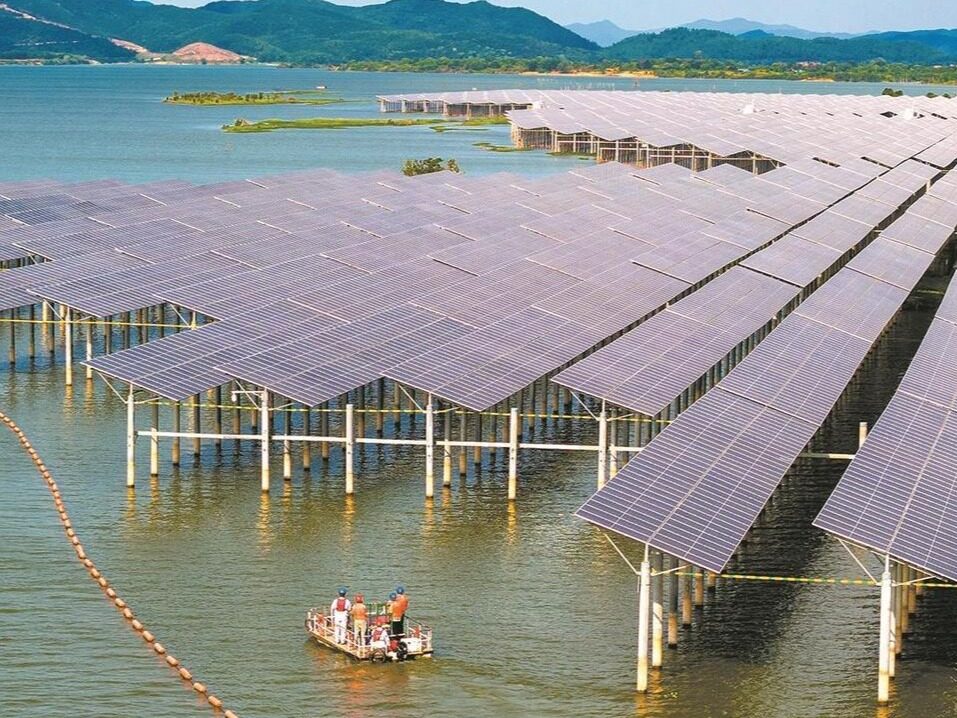
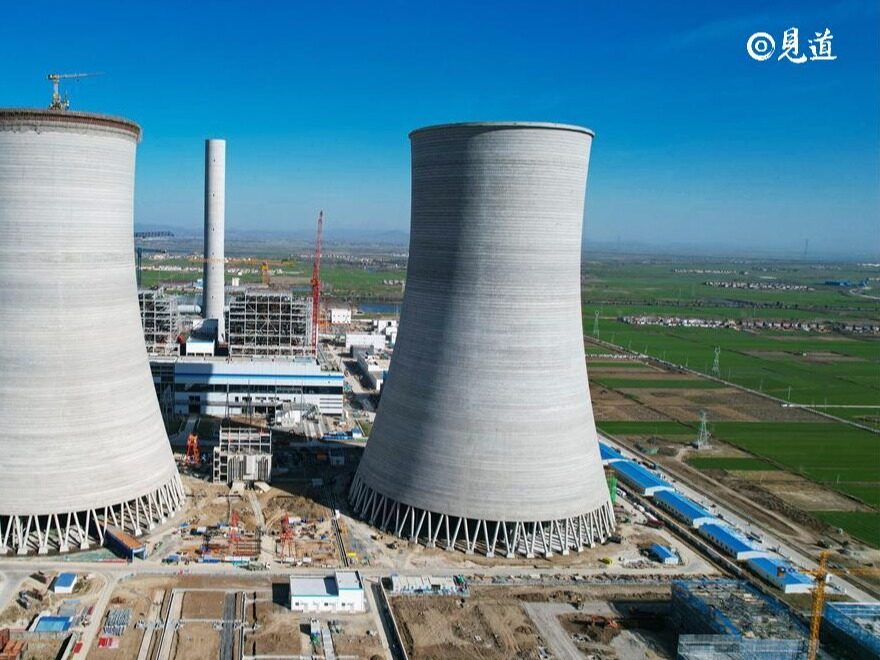
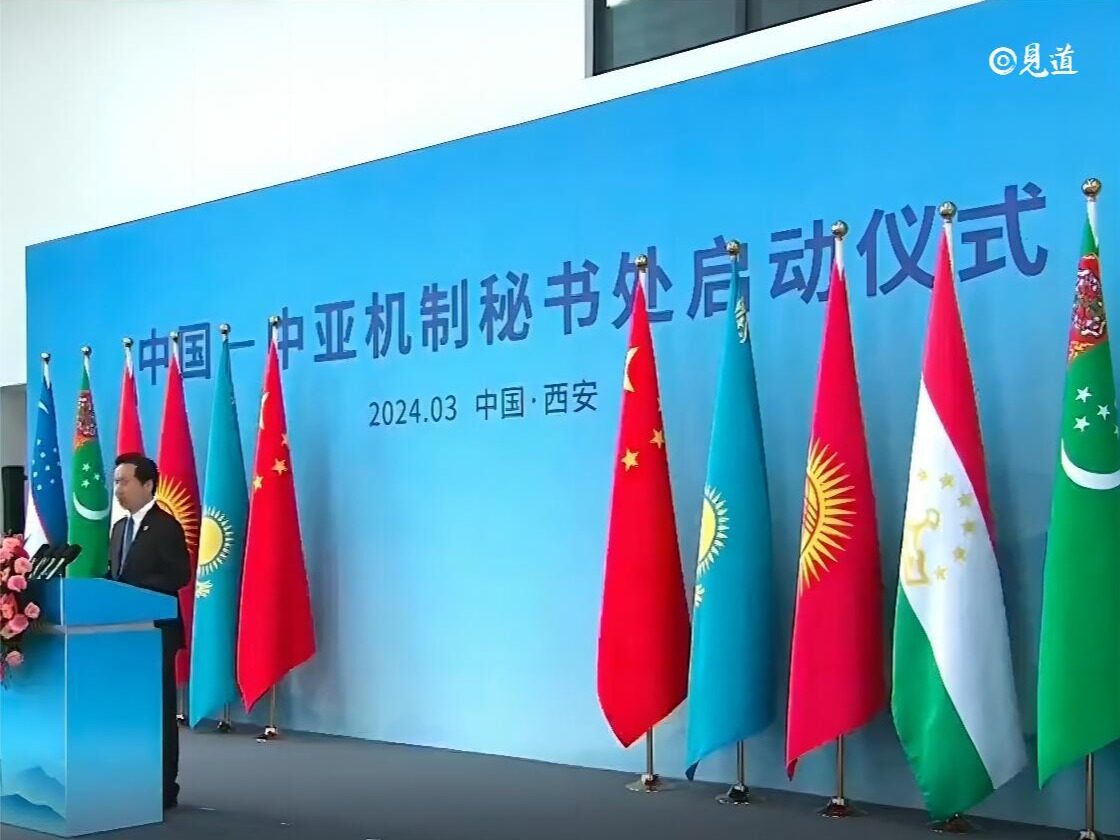
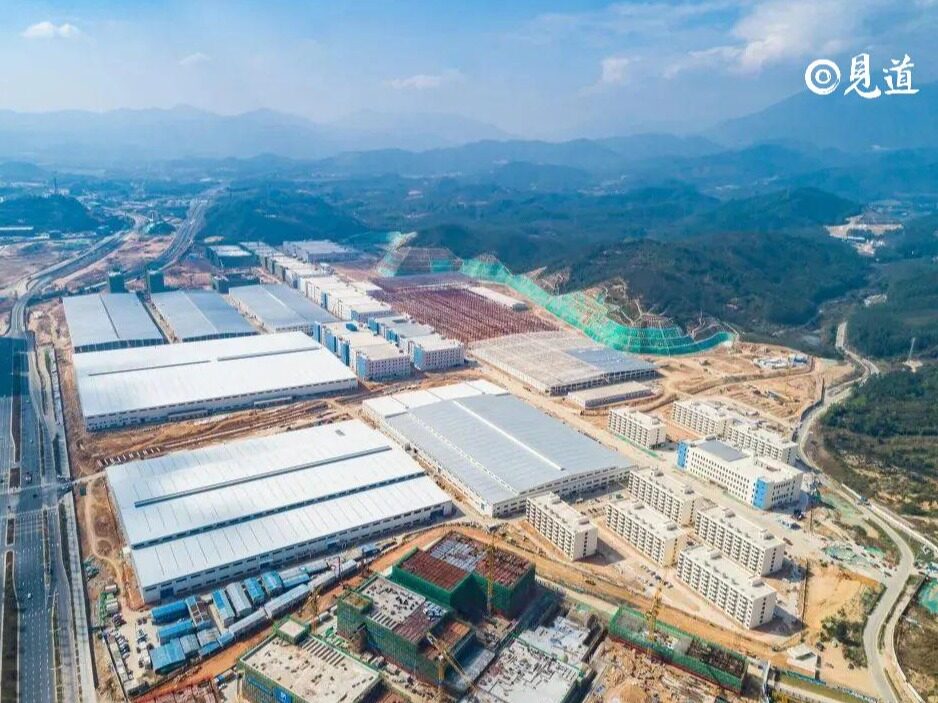

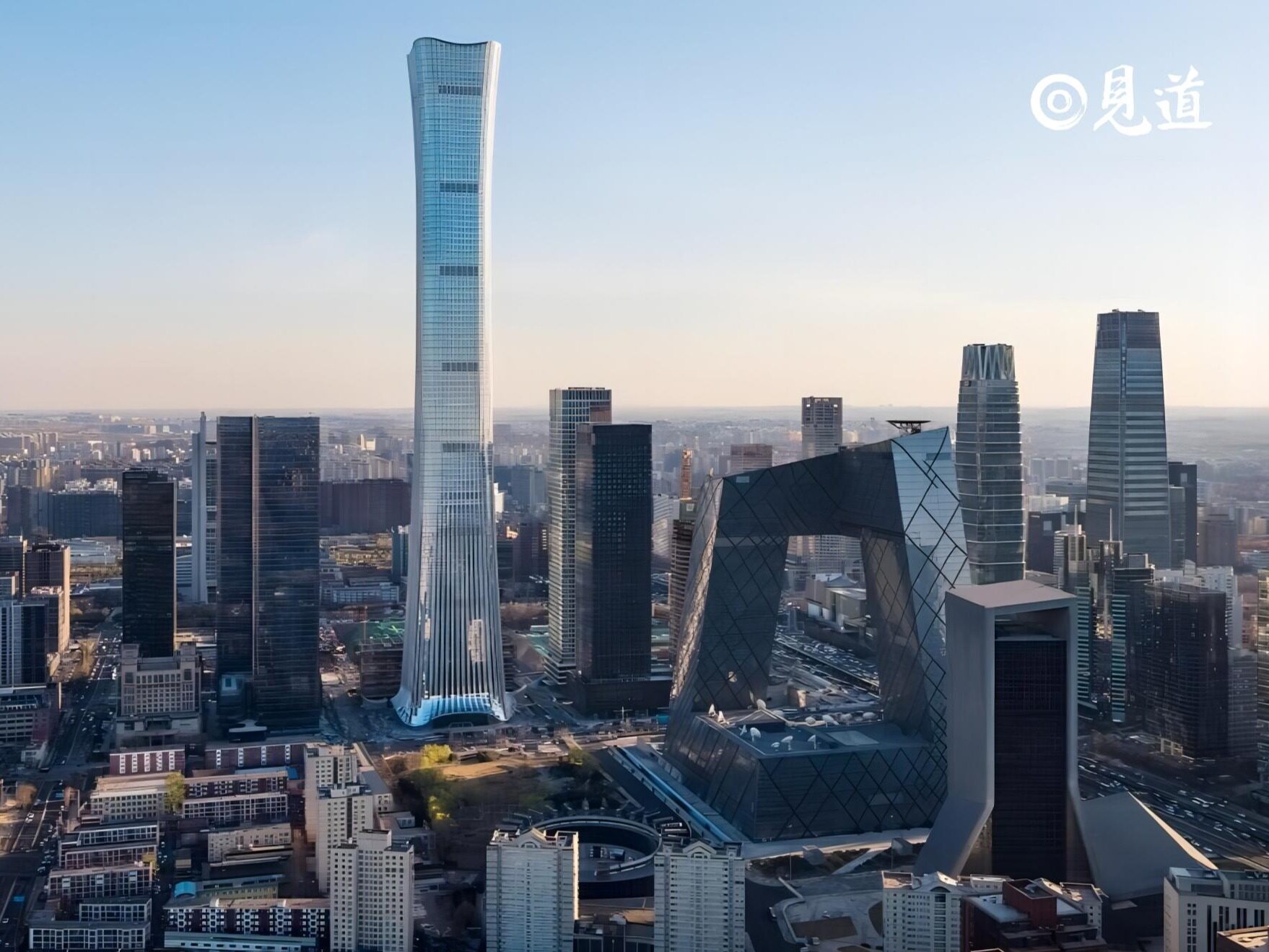






Write something~